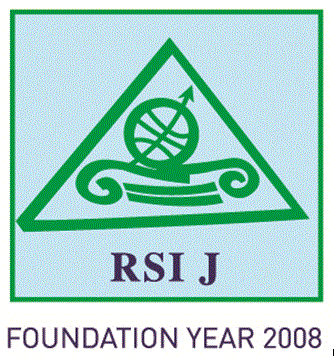Luis LANASPA
(Corresponding author)
FEYE, Universidad de Zaragoza. Gran Vía 2, 50005 Zaragoza (Spain)
fax: 976 761996, e-mail: llanas@unizar.es.
Fernando PUEYO
FEYE, Universidad de Zaragoza. Gran Vía 2, 50005 Zaragoza (Spain)
Fernando SANZ
FEYE, Universidad de Zaragoza. Gran Vía 2, 50005 Zaragoza (Spain)
Abstract:
The fragile and structurally weak rural areas, in European Union terminology, are areas with important difficulties in maintaining their population and highly peripheral in nature. Generally, they have an aged population, a low density of population, a weight of the primary sector higher than the European average and communication difficulties. In this paper, the autonomous community of Aragón, which shows all the above-mentioned characteristics, is taken as an example of this type of region. The analyses carried out, both descriptive and with the adequate statistical and econometric techniques, during the period 1900-2001 permit us, taking the evolution of the population of Aragón as a possible archetype, to establish the characteristic patterns and behaviours of this type of areas. This knowledge is, without doubt, basic for successfully designing the correct regional and supra-regional policies that will allow the reduction of economic and demographic imbalances, giving rise to a better structured territory.
